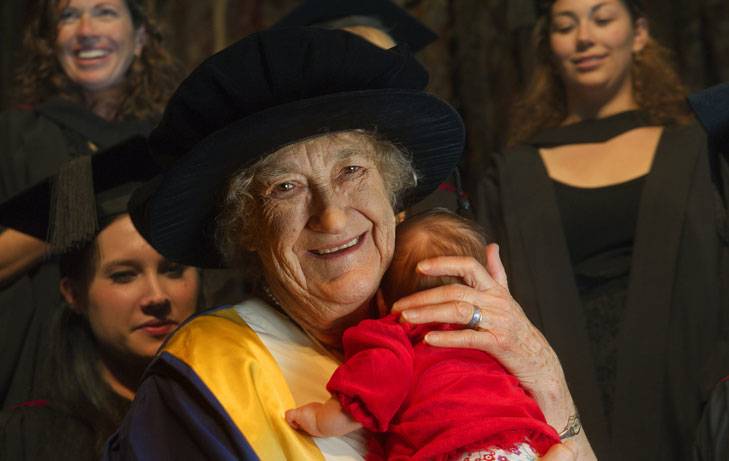Legislation to control Midwifery continued throughout the second half of the 20th century with regular updates and amendments to The Health Act of 1911. These changes included who the midwife must inform of her intention to commence private practice; the situations when a midwife must consult a medical practitioner; what drugs the midwife could and could not administer; the contents of her midwifery bag; and the paperwork the midwife was required to complete. The growth of general hospital services began with the establishment of small hospitals specifically for the impoverished and developed into the large publicly-funded institutions which began to dominate the provision of health care.
Sedation of the patient during labour was routine in most maternity hospitals from the 1920s onward, and the ‘twilight sleep’ method along with chloroform were used in the institutions.
From the 1930s most women in Australia gave birth in hospital; women still received midwifery care from midwives, although the care administered was ordered and directed by doctors.
Midwives now had to train in hospitals and most training expected them to be nurses first.
Henny Ligtermoet
With the increasing number of women birthing within the institutions the number of midwives offering midwifery care at home reduced dramatically and by the 1950s it was almost non-existent. This was the case when Henny Ligtermoet arrived in Australian in 1951 with her husband and two children.(1) Henny planned to have more children and wanted to birth them at home as she had done with her first two children in her home county, Holland. This plan proved to be difficult and led to a lifelong passion and fight for midwife-attended homebirth in Australia.(2) Henny was told by her GP that homebirth was illegal in Australia and it was only after she telephoned the Public Health Department that she was informed that homebirth was not illegal. Nevertheless, during the phone call she was advised that she should not have a homebirth as it was ‘highly dangerous’. It took Henny three years to find a midwife.(3) According to an interview undertaken by Carol Thorogood in 19994, Henny stated that once she found one midwife— a midwife who attended the Italian women living in WA who wanted a homebirth— she found there was a small underground homebirth movement. However, midwives could be found only by word of mouth, as the medical profession considered the practice of homebirth dangerous. Henny said that until the 1970s many babies were recorded in the official documentation as ‘baby born before arrival’; therefore, the name of the attending doctor or midwife was not recorded.(5)
Henny dedicated the rest of her life to birth activism, the fight for women’s right to choose to birth at home with a midwife and to promote what she termed ‘natural childbirth’. She founded the Midwifery Contact Centre in 1956, based in East Fremantle, Australia’s first organised homebirth group.(6) The Midwifery Contact Centre’s aim was to act as the go-between for women seeking midwives to attend their homebirths.
(1) Ligtermoet, Henny. 1999b. “My Thoughts in the Mid 1950s,” in Ligtermoet, Henny (1921‐1999), State Library of Western Australia.
(2) Ligtermoet, Henny. 1999a. “Correspondence, Documents and Submissions by Henny Ligtermoet,” in Ligtermoet, Henny(1921‐1999), State Library of Western Australia.
(3) Ligtermoet, “My Thoughts in the Mid 1950s.”
(4) Thorogood, “Politics and the Professions: Homebirth in Western Australia.”
(5) Ligtermoet, “My Thoughts in the Mid 1950s.”
(6) Ligtermoet, “Correspondence, Documents and Submissions by Henny Ligtermoet.”

